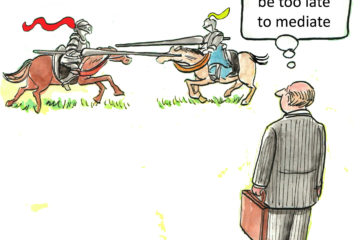“We are getting more and more irate customers. Our staff don’t know how to deal with them.”

Here at Thriving Under Fire we are getting more enquiries like this than ever before. For the past 20 years we have specialized in de-escalation training and managing emotions at work. Our pandemic threatened world has people on edge. Many have lost jobs and income. Housing and rental prices put pressure on both the employed and the thousands who are out of work. Short fuses have become shorter. Tempers now flare where civility once ruled. People in distress don’t always know how to express their concerns. They can end up speaking and acting in threatening ways, in part, to relieve their anxiety.
Those on the receiving end of these outbursts need new skills. Managing their own emotions comes first. Perceived attacks by customers or patients sets off the involuntary fight/flight response. This makes it difficult to respond appropriately to the customer’s distress. Staff feel attacked and hurt. Their stress increases and threatens their health and well-being. The customer is the enemy rather than a distressed person with a need that your organisation can fill.
Skills to quickly calm oneself and re-activate the thinking brain are essential. Knowing how to best respond to distressed customers comes next. A trained person can see past the abuse, shouting or aggression and acknowledge what the other person is feeling.
John Faisandier learned these skills working for five years as a psychodramatist at Queen Mary Hospital in Hanmer Springs with people recovering from alcohol and drug addictions. Over the past 20 years he has developed the TUF training method to help people at all levels of an organisation, from top executives to frontline workers improve their communication skills, especially where emotions become problematic.
There are several training options to suit budgets and the organisation’s logistics.
